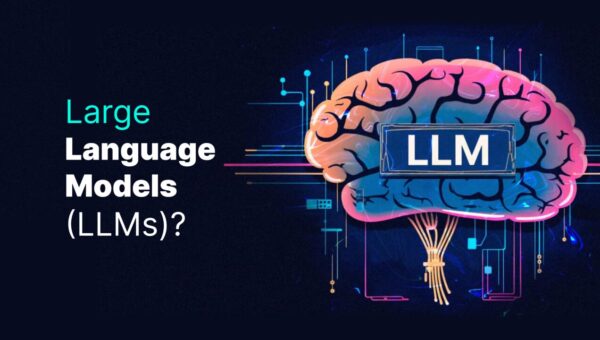The Rise of Large Language Models: Shaping the Future of AI Communication
Artificial Intelligence has undergone a radical transformation in recent years, but perhaps no innovation has been more groundbreaking than Large Language Models (LLMs). These AI systems are not just enhancing the way machines process language—they are revolutionizing our interactions with technology. So, what makes these models so unique, and how are they poised to reshape the digital world?
What Are Large Language Models?
At their core, Large Language Models are advanced AI systems designed to understand, interpret, and generate human language. Powered by extensive datasets and sophisticated neural networks, these models can engage in complex conversations, write essays, summarize articles, and even code. LLMs are designed to “learn” from vast amounts of data, mimicking human-like responses based on the patterns they absorb during training.
The scale of LLMs is what makes them stand out—they process billions of words, and in doing so, they grasp intricate details of language like context, tone, and nuance. Popular models, like GPT, have the capacity to understand more than just basic requests, delving into the subtleties of conversation and performing a wide range of tasks with remarkable fluency.
Why Are LLMs So Powerful?
- Unmatched Scale:
The “large” in Large Language Models refers to their sheer scale, both in terms of data and the number of parameters they process. The greater the number of parameters, the more detailed and context-aware the model becomes. This scale enables LLMs to generate highly accurate and relevant text outputs. - Context Mastery:
One of the key features of LLMs is their ability to maintain context over long stretches of conversation or content. Whether it’s keeping track of topics across paragraphs or responding accurately in lengthy dialogues, these models excel at staying in sync with the subject at hand. - Versatile Capabilities:
Unlike traditional AI models that are typically designed for a single task, LLMs are flexible and adaptable. They can easily transition between various functions, from generating creative content to answering technical questions, making them a versatile tool for many industries. - Human-like Responses:
What sets LLMs apart is their ability to engage in conversations with a level of fluency and comprehension that feels natural. They pick up on subtle nuances, enabling them to generate responses that sound human and align with the context.

Real-World Applications of LLMs:
Large Language Models have found their way into numerous real-world scenarios, each transforming its respective industry. Here are some of the most impactful applications:
- AI Chatbots: Customer service is being transformed with LLM-powered chatbots. These AI-driven systems provide fast, coherent, and empathetic responses, solving customer inquiries, troubleshooting issues, and managing complex queries efficiently.
- Content Generation: LLMs have changed the content creation landscape, generating everything from blog posts to social media updates. Their ability to write content that mimics human creativity opens up new possibilities for digital marketing and editorial work.
- Software Development: Developers are now using LLMs to assist with code writing, debugging, and providing suggestions, reducing time spent on tedious tasks and improving the development process.
- Medical Assistance: In healthcare, LLMs are being leveraged to help doctors analyze patient data, translate medical jargon, and predict outcomes, helping bridge the gap between complex medical information and patient understanding.
- Education: These models are also transforming education by providing personalized tutoring, answering student questions, and even creating customized learning materials tailored to individual needs.
Ethical Challenges and Considerations:
Despite their enormous potential, LLMs come with a set of ethical challenges that cannot be ignored. One significant issue is the possibility of these models inheriting biases present in the data they are trained on. This can lead to biased or harmful outputs, which raises concerns in areas such as fairness and inclusivity.
Another issue lies in the ability of LLMs to generate fake or misleading information. While these models are incredibly effective at producing human-like text, the potential for misinformation presents a serious ethical dilemma. Ensuring responsible use of LLMs is essential as they become more ingrained in various sectors.
What Does the Future Hold for LLMs?
The future of Large Language Models is brimming with potential. As these models continue to evolve, their capabilities will expand further, potentially revolutionizing industries in unforeseen ways. We could see LLMs integrated into every aspect of our daily lives—from more intuitive personal assistants to AI companions capable of deep, meaningful conversations.
However, the path forward must be carefully navigated. Addressing issues of bias, transparency, and ethics is essential to ensure that these models are not just powerful but also safe and fair. As LLMs become more advanced, guiding their growth with a balanced approach will be critical.
Conclusion:
Large Language Models represent a leap forward in the way machines understand and interact with language. Their ability to engage in meaningful conversations, generate creative content, and solve complex problems makes them one of the most promising technologies in the AI space. As we stand on the edge of a new era in AI communication, LLMs will undoubtedly play a crucial role in shaping our digital future—one where the boundary between human and machine interaction continues to blur.
FAQs:




